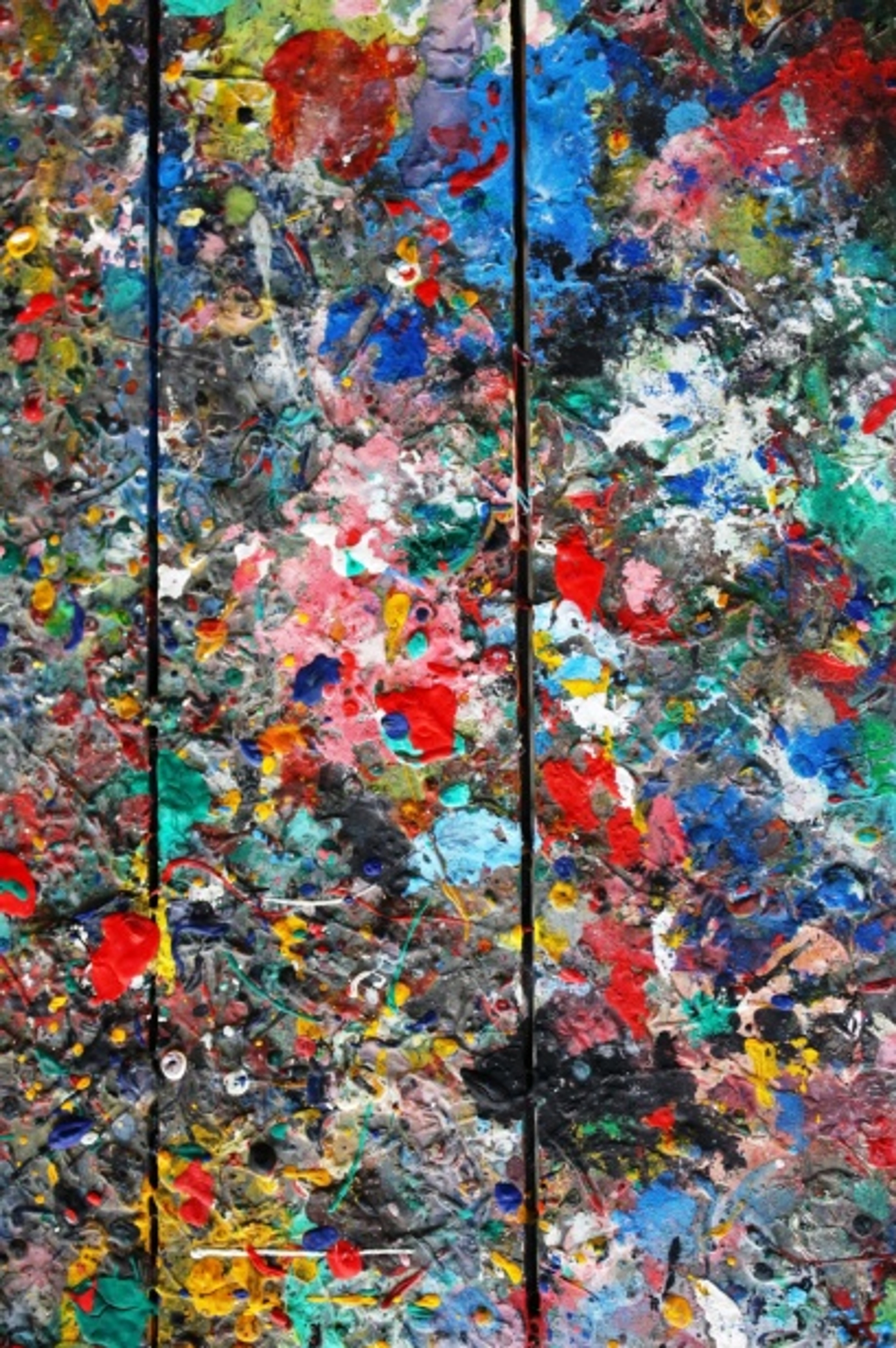
Art's Enduring Alchemy: Transforming Health, Community & Societal Change
Explore art's profound impact on personal well-being, community vibrancy, and social justice. Discover neuroaesthetics, art therapy, public art's role in urban regeneration, and its measurable public health benefits, framed through an artist's personal journey.
Art's Enduring Alchemy: How Creativity Transforms Health, Community, and Sparks Change
I’ve always been drawn to the quiet alchemy of art – how it holds this incredible, almost indefinable power. It’s not just about what hangs on a wall, or a melody that catches your ear; it’s about a profound shift it can bring. For as long as humanity has existed, we’ve instinctively known this. Think about the ancestral wisdom in ancient cave paintings, the ceremonial masks, the expressive movements of a tribal dance, or even the poignant works created by soldiers after WWI to process unimaginable trauma. Beyond these, consider the intricate narratives on Mesopotamian cylinder seals or the spiritual reverence embedded in early Chinese calligraphy. Art, in all its forms – visual, performing, literary – wasn't merely decorative; it was a conduit for healing, spirituality, and collective identity. This transformative force, and its dual impact on our personal well-being and our collective flourishing, has always held a particular fascination for me, especially as an artist trying to make sense of the world through color and form. So, come with me as we peel back these layers. We’ll journey from the intimate solace art offers our minds and bodies, to its power in weaving us together as communities, and finally, to its role as a catalyst for broader societal transformation. It’s a journey I’ve been on for a while, and it keeps surprising me.
More Than Just Pretty Pictures: Art's Deep Connection to Our Health
I remember a time, not so long ago, when my main concern with art was whether it matched the sofa. I even scoffed at the idea that it could be anything more, thinking myself terribly sophisticated. Boy, was I naive! I mean, I once spent an entire afternoon trying to find a painting that perfectly matched my scatter cushions, convinced that was the pinnacle of artistic appreciation. But over the years, as I've delved deeper into my own creative practice – and probably racked up a few more life experiences – I've come to understand that art isn't just decoration. It’s a silent, powerful force working wonders in our mental and emotional landscapes, and even our physiology. So, how do we bridge the gap from ancient cave paintings and healing rituals to our modern-day well-being? Think about it for a second: when you step into a quiet gallery, or even just pause in front of a particularly moving piece online, what happens to you? For me, my breath often deepens, my shoulders drop an inch or two, a subtle shift in my internal rhythm that feels almost involuntary. It’s not just a feeling; science is catching up, showing that engaging with art can actually lower stress hormones like cortisol, improve heart rate variability, and even stimulate the release of dopamine – yes, the brain's 'feel-good' chemical! It can even activate the parasympathetic nervous system, encouraging rest and digestion, and foster the release of oxytocin, the 'bonding hormone.'
Our brains are these incredibly complex things, always, always seeking patterns, meaning, and emotion in everything we see. It’s a skill we’ve honed over eons of evolution, perhaps because recognizing beauty or unusual patterns once signaled safety or crucial resources, or simply because our minds are wired for narrative. So, when we encounter art, it's not a passive experience. Instead, areas like the amygdala (that little almond-shaped part deep in your brain, heavily involved in emotional processing and memory) and the prefrontal cortex (the 'CEO' of your brain, responsible for complex cognitive behavior, decision-making, and, yes, aesthetic judgment) don't just 'light up.' They engage in a dynamic interplay, creating a rich internal dialogue that processes the visual information, assigns meaning, and evokes feelings. This is all part of what's now called neuroaesthetics: the scientific study of how our brains respond to art. It's about how our brains, through principles like Gestalt psychology (how we perceive objects as organized patterns rather than separate components, much like seeing a face in clouds even though it's just random shapes), actively organize visual chaos into meaningful wholes, or how mirror neurons might fire when we perceive the emotion in a brushstroke, fostering subconscious empathy by simulating the observed action or emotion within ourselves. Consider how Impressionist painters like Monet played with light and perception, engaging our visual cortex in new ways, or how Surrealists like Dalí tapped into the subconscious, prompting our amygdala to process evocative imagery. Art offers a powerful, non-verbal language, giving us a safe space to process complex emotional and sensory information. And this goes beyond just looking; our bodies respond too. This is where embodied cognition comes in – the idea that our cognitive processes are deeply rooted in our bodily interactions with the world. It’s like how your body instinctively tenses up when you see a scary movie, even before your brain fully processes the danger. When you physically lean into a sculpture or feel your posture shift while observing a dramatic painting, your body is actively participating in your brain's interpretation, deepening the experience and connecting your physical self to the emotional impact. If you're curious about the science, I've dived deeper into the neuroscience of art appreciation and how abstract art impacts the brain and well-being before.
My own journey with abstract art has profoundly shown me that colors and forms can speak directly to the soul, bypassing the often-overthinking logical brain. It’s like a secret shortcut to inner calm. I’ve found incredible peace in both creating and contemplating abstract pieces – a feeling, I've learned, that isn't just my own little eccentricity. It echoes what many studies are now showing about art's role in mitigating stress and anxiety. Beyond the neurological effects, the very colors themselves can exert influence. Think of the calming effect of cool blues and greens, or the invigorating warmth of reds and yellows – this isn't just aesthetic preference, but a subtle interplay of color psychology that art harnesses to shift our moods and mental states. If you're curious about diving deeper into how different art forms developed, I've actually shared some thoughts on the definitive guide to understanding abstract art from cubism to contemporary expression, and also on mindful moments and abstract art and even the healing power of color before. It's a conversation I think we should all be having more often, don't you think? What's a moment art has personally shifted your mood or perspective, I wonder?
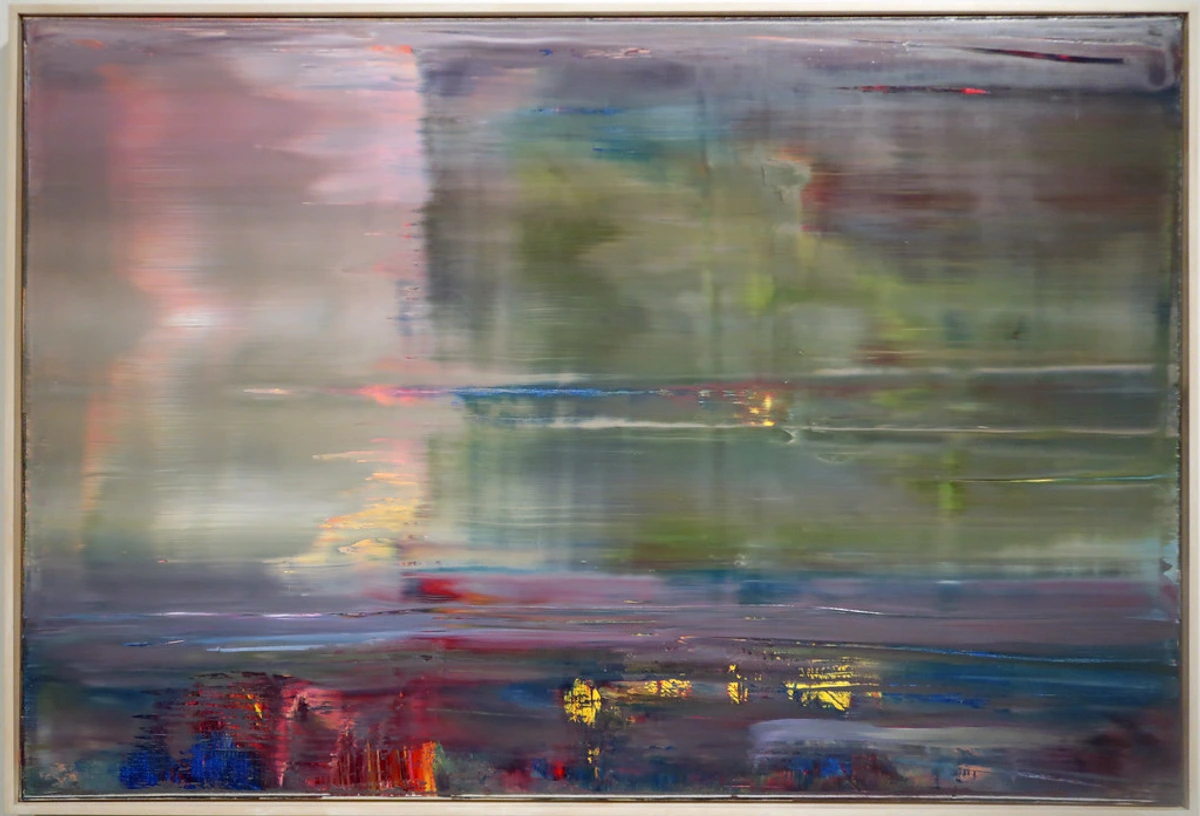
The Quiet Revolution of Art Therapy
Now, when the conversation turns to mental health, it feels almost negligent not to acknowledge the burgeoning field of art therapy. It’s important to distinguish between art therapy, which involves a trained, credentialed professional guiding you through specific artistic processes within a safe, ethical framework (for example, using guided imagery to create a visual representation of a coping mechanism), and art as therapy, which is the personal, self-directed creative expression for well-being (like aimless doodling for stress relief). Both are hugely valuable. Pioneers like Adrian Hill, who coined the term 'art therapy' in the 1940s while working with tuberculosis patients, and Margaret Naumburg, often considered the 'mother of art therapy' in the U.S. for her psychodynamic approach, laid the groundwork for this powerful field. While personal creative expression is essential – and let's be honest, sometimes aimless doodling is exactly what my brain needs on a Tuesday afternoon! – formal art therapy leverages the non-verbal nature of art to communicate when words simply aren't enough, creating a 'safe container' for complex feelings. For instance, a common technique involves clients creating a visual 'safe space' through drawing or sculpture, allowing them to externalize and process anxieties in a non-threatening way, literally putting their feelings outside of themselves where they can be observed. But it goes deeper. Therapists might use sandplay, where miniature objects are arranged in a sandbox to represent inner worlds; mask-making, allowing individuals to explore different facets of their identity; or narrative art, guiding clients to tell their story through a sequence of images. It’s truly fascinating how, when words fail or feel too heavy, the canvas or clay becomes a profoundly safe space for expression, a non-verbal dialogue with oneself. Art therapy is particularly effective for navigating challenges like trauma, grief, anxiety, depression, and even chronic illness, offering a gentle yet powerful path to processing difficult experiences.
I mean, look, my own experience with emotional expression can be a bit... well, let's just say I'm often better with a brush than a long, heartfelt monologue. It’s easier, somehow, to pour my messy thoughts onto a canvas than to articulate them perfectly. And I’ve found that even simple creative exercises at home can be profoundly therapeutic. If you’ve ever felt overwhelmed, just picking up a pen and letting your hand move across the paper can be an incredibly grounding act. We've even delved into art therapy for anxiety and stress relief and shared some simple exercises you can try on the site. Truly, it’s not just for 'artists' in the traditional sense; it's a human need, for everyone. Perhaps the question isn't whether art can heal, but rather, why we ever doubted it? What unspoken emotions might art help you express? Or perhaps you're wondering how art that might seem 'abstract' or 'for art's sake' still has this powerful, utilitarian impact? The beauty is, it often does both – it speaks to the soul and serves a purpose. But art's power extends far beyond our individual well-being; it's a force that can knit entire communities together.
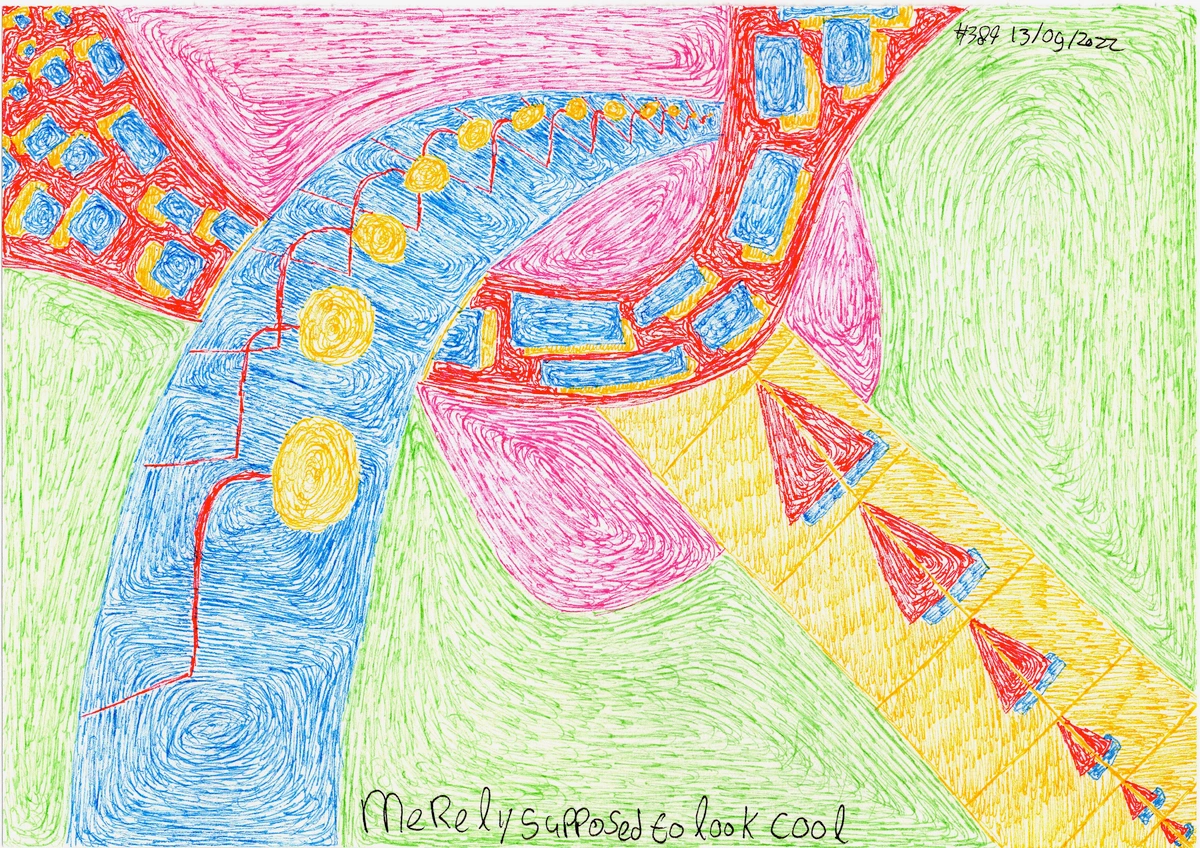
Art's Collective Impact: Weaving Communities and Sparking Change
Beyond the personal, individual healing – which is, of course, vital – art steps onto a grander stage, playing this magnificent role in knitting together the very fabric of our communities. It’s a fascinating pivot, moving from an intimate inner world to a shared public sphere. Across cultures and continents, from the elaborate storytelling traditions of Aboriginal Australians to the vibrant street art of Latin America, art has always served as a bedrock for collective identity and social cohesion. This collective power of art allows us to see ourselves reflected in a shared narrative, strengthening bonds and fostering a sense of belonging.
Public Art and Urban Regeneration
Public art, in particular, has this uncanny ability to transform otherwise mundane spaces into vibrant hubs of interaction and reflection. I'm talking about those breathtaking murals that breathe life into dull city walls, the unexpected sculptures that become natural meeting points, or even the whimsical, temporary installations that literally draw people out of their homes and into shared, collective experiences. It's a quiet form of urban acupuncture, if you will, revitalizing neglected corners and fostering urban regeneration. And it’s not just about aesthetics; it brings tangible economic benefits too, attracting tourism, supporting local businesses, and subtly increasing property values in revitalized areas. Moreover, public art can act as a powerful vehicle for cultural preservation, celebrating a community's unique heritage and traditions, and fostering intergenerational connections as stories are passed down through artistic expression. It's a way to reinforce collective identity, especially in diverse urban landscapes where common ground can sometimes feel elusive. It can even serve practical functions like wayfinding, using distinctive artistic markers to guide people through complex urban environments.
I always find myself lingering a little longer in places graced by a captivating piece of public art. It’s like a magnet, drawing you in. It sparks spontaneous conversations with strangers, makes you feel like you belong, and sometimes even encourages a bit of thoughtful wandering, just to see what else might be around the next corner. This isn't just my romantic notion, mind you; it's a global phenomenon. Cities worldwide are consciously using art as a powerful tool for social engagement. Consider the 'Before I Die' walls by Candy Chang, for instance – simple chalkboards inviting people to share their aspirations, transforming public spaces into profound sites of shared humanity and dialogue. Or think of Chicago's Millennium Park, where iconic sculptures like 'The Bean' (Cloud Gate) don't just beautify; they actively create a communal gathering space, sparking joy and interaction. Another fantastic example is the 'Walls of Freedom' project in Berlin, where artists and locals collaborated to paint murals on remnants of the Berlin Wall, turning a symbol of division into one of unity and remembrance. Or consider the vibrant Wynwood Walls in Miami, which transformed a formerly neglected warehouse district into an open-air art museum, drawing millions and spurring economic revitalization. Now, it's worth a quick mention that public art isn't without its debates; sometimes questions arise about community involvement, potential for gentrification (or 'artwashing,' where art is used to mask deeper societal issues without genuine community benefit), or even concerns about cultural appropriation. The challenge lies in ensuring that public art truly serves and reflects the community it inhabits, rather than just being a top-down beautification project. This is why community co-creation and ownership are so vital – when residents are genuinely involved in the conception and execution of public art, it builds a deeper sense of pride, relevance, and mitigates many of these potential pitfalls. But when done thoughtfully, with genuine collaboration and respect, it becomes an incredibly powerful force for fostering shared identity and belonging. Perhaps you've seen the profound impact of public murals on urban identity in your own city?
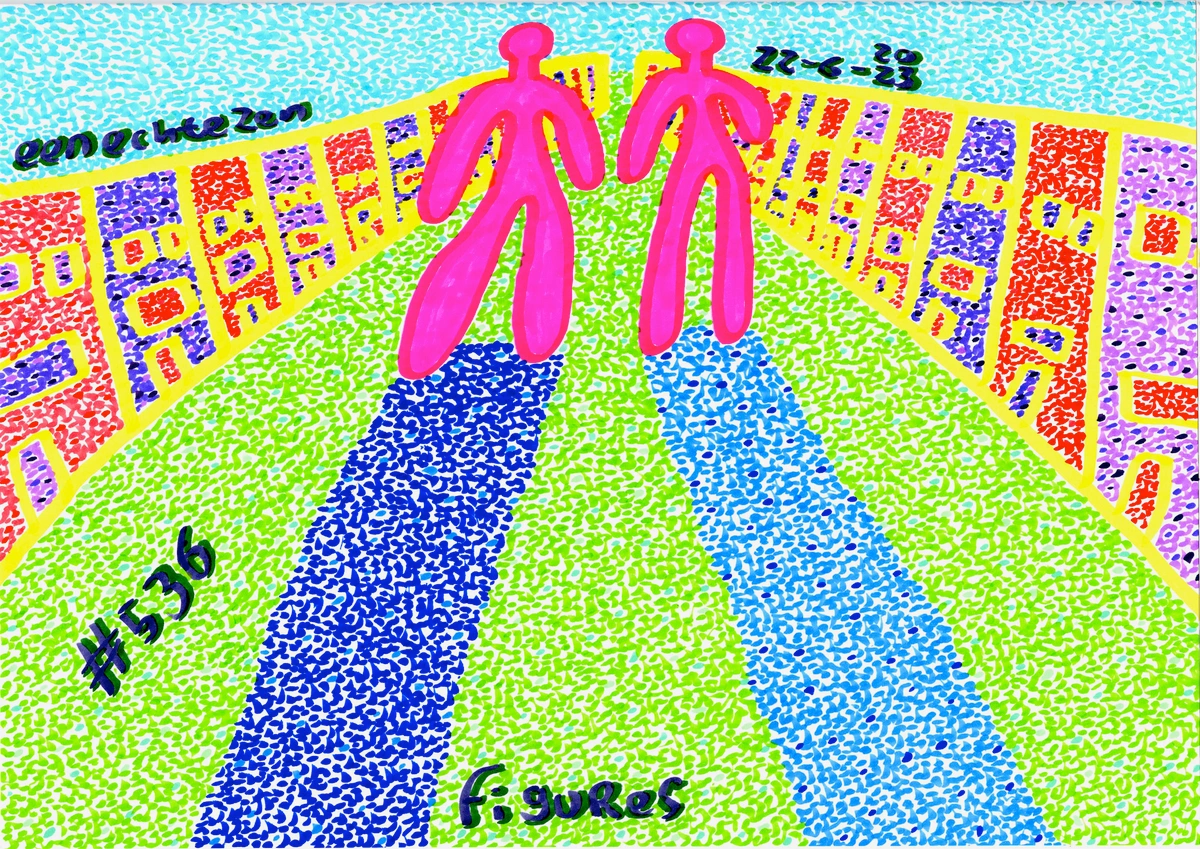
Art for Social Justice and Empathy
Beyond sparking joy and interaction, art also stands as a potent tool for social justice and activism. It provides a platform for marginalized voices, allowing communities to tell their stories, challenge narratives, and advocate for change. Think of protest art throughout history, from powerful political cartoons to monumental sculptures demanding civil rights – art has always been on the front lines, acting as a visual rallying cry, a witness, and a record. This isn't a new phenomenon; even during the Renaissance, artists like Michelangelo and Leonardo da Vinci used their work to subtly influence religious and political thought. More recently, consider Picasso’s Guernica, a searing indictment of war’s atrocities, or the powerful AIDS Memorial Quilt, a collective act of remembrance and advocacy that personalized a devastating epidemic. On a more local scale, consider the Black Lives Matter murals that appeared in cities worldwide, transforming public streets into powerful statements of solidarity and calls for racial justice, created by local artists and communities. Or, think of powerful, community-led projects like the 'Say Their Names' memorials, where portraits of victims of violence are displayed publicly, giving faces and stories to statistics and fostering collective mourning and advocacy. The visceral power of documentary photography and photojournalism, capturing moments of injustice or resilience, has historically also played a crucial role in raising awareness and driving social change by bringing distant realities into our immediate consciousness. And let's not forget the dynamism of digital art campaigns on social media and vibrant street art addressing issues like climate change or racial inequality – they continue this tradition, making complex societal issues more accessible and deeply felt. Moreover, by engaging with art from different cultures and perspectives, we cultivate empathy and understanding, transcending our own immediate experiences. It invites us to step into another's shoes, if only for a moment, fostering dialogue and connection across divides. This is active engagement with different ways of seeing the world, sparking empathy and understanding. You can read more about art as a catalyst for social change if this topic resonates with you. What societal issue do you think art could illuminate most effectively right now?
Art in Action: Real-World Impacts on Public Health
Art truly tackles various public health challenges, and it's not just a theoretical concept; we see concrete, measurable impacts in diverse settings. Think about healthcare environments, for instance – sterile spaces that can often feel isolating, impersonal, and frankly, a bit depressing. But introduce some thoughtful artwork – maybe a soothing abstract landscape, a vibrant mural, or a piece celebrating local history – and suddenly, the atmosphere shifts dramatically. It’s more than just aesthetics; it's a therapeutic intervention. For example, studies have shown that patients recovering in rooms with natural landscape art experience less anxiety and require less pain medication than those in rooms with blank walls or abstract art depicting motion. Beyond hospitals, art programs are increasingly being implemented in community centers, schools, and even correctional facilities, demonstrating its versatility as a public health tool. Specific types of art are often chosen for their targeted effects; for instance, calming nature scenes and flowing abstract compositions are frequently used in recovery rooms to reduce stress, while engaging abstract pieces can stimulate cognitive function in dementia care settings. The ripple effect is profound:
- For Patients: Art can profoundly reduce stress levels, improve mood, and decrease the perception of pain. It helps foster a vital sense of hope and resilience, often contributing to faster recovery times. This can be further enhanced by participatory art projects within healthcare settings, where patients contribute to a collaborative piece, fostering agency and a sense of shared purpose during recovery.
- For Staff: A thoughtfully curated art environment can significantly enhance morale, reduce burnout, and cultivate a more humane, engaging, and supportive work environment. It can even foster creativity and innovative thinking within the healthcare organization itself, encouraging new approaches to patient care.
- For Visitors & Family Members: Art offers a much-needed distraction and comfort in often anxious waiting periods, helping to reduce stress and create a more welcoming atmosphere during difficult times.
- For the Space Itself: Artwork transforms cold, clinical areas into welcoming, calming, and more human-centered places, fostering a crucial sense of dignity and care within institutional settings. It shifts the whole vibe of a place, moving it from just being about clinical efficiency to truly prioritizing people's holistic well-being and dignity. Art subtly cultivates critical thinking and dialogue by inviting different interpretations and perspectives, creating a space for shared human experience beyond the immediate.
And then there are those incredible community art projects, where locals of all ages and backgrounds come together to create something beautiful. I've seen firsthand how these initiatives can bridge divides, empower marginalized groups by giving them a voice and a platform, and instill a fierce sense of ownership and pride in a shared space. It’s not just about the finished product, you know; it’s about the messy, joyful, sometimes frustrating process – the shared laughter, the negotiation of ideas, the collective effort. That, to me, is public health in action, a truly inclusive tool. What hidden potential do you think exists in collaborative art for your own neighborhood?

My Own Artistic Journey & This Broader Purpose
For me, creating art is a deeply personal act, almost a form of meditation. My studio is where I wrestle with ideas, play with colors, and try to capture a fleeting feeling or a complex thought in a visual form. The smell of acrylics, the scattered tubes of paint, the quiet hum of the city outside my window – it all contributes to this intensely private space. And honestly, it’s not always easy; there are days filled with doubt, frustrating false starts, and canvases that just don't 'speak' the way I want them to. I remember one particularly stubborn piece, meant to evoke the vibrant chaos of a bustling city square, where I must have repainted the same section a dozen times. For weeks, it just looked like a mud puddle – all muddled browns and grays, completely missing the dynamic energy I envisioned. The breakthrough only came when I stopped trying to paint it perfectly and just let the colors and shapes collide – embracing the chaos, rather than fighting it, allowing bold strokes of cadmium red and cerulean blue to dance with sharp ochre lines. It was a messy, joyful explosion that finally captured that bustling essence. That struggle with finding expression, the frustration before the breakthrough, it mirrors the human experience of grappling with difficult emotions – a process that art therapy, for instance, aims to facilitate. Even in those challenges, there’s a profound satisfaction in the persistent effort to translate the ephemeral feelings of joy, melancholy, or a sense of quiet wonder into a tangible expression. Often, these thoughts swirl around the inherent complexities of urban life – its quiet moments amidst the rush, the vibrant energy of its people, or the surprising calm found in unexpected places. I find that using layered acrylics and expressive mark-making particularly help me convey this intricate dance because the build-up of layers mirrors the many facets of city life, and spontaneous marks capture its dynamic, sometimes chaotic, energy. It’s a process that is often messy and can be frustrating, but ultimately always fulfilling.
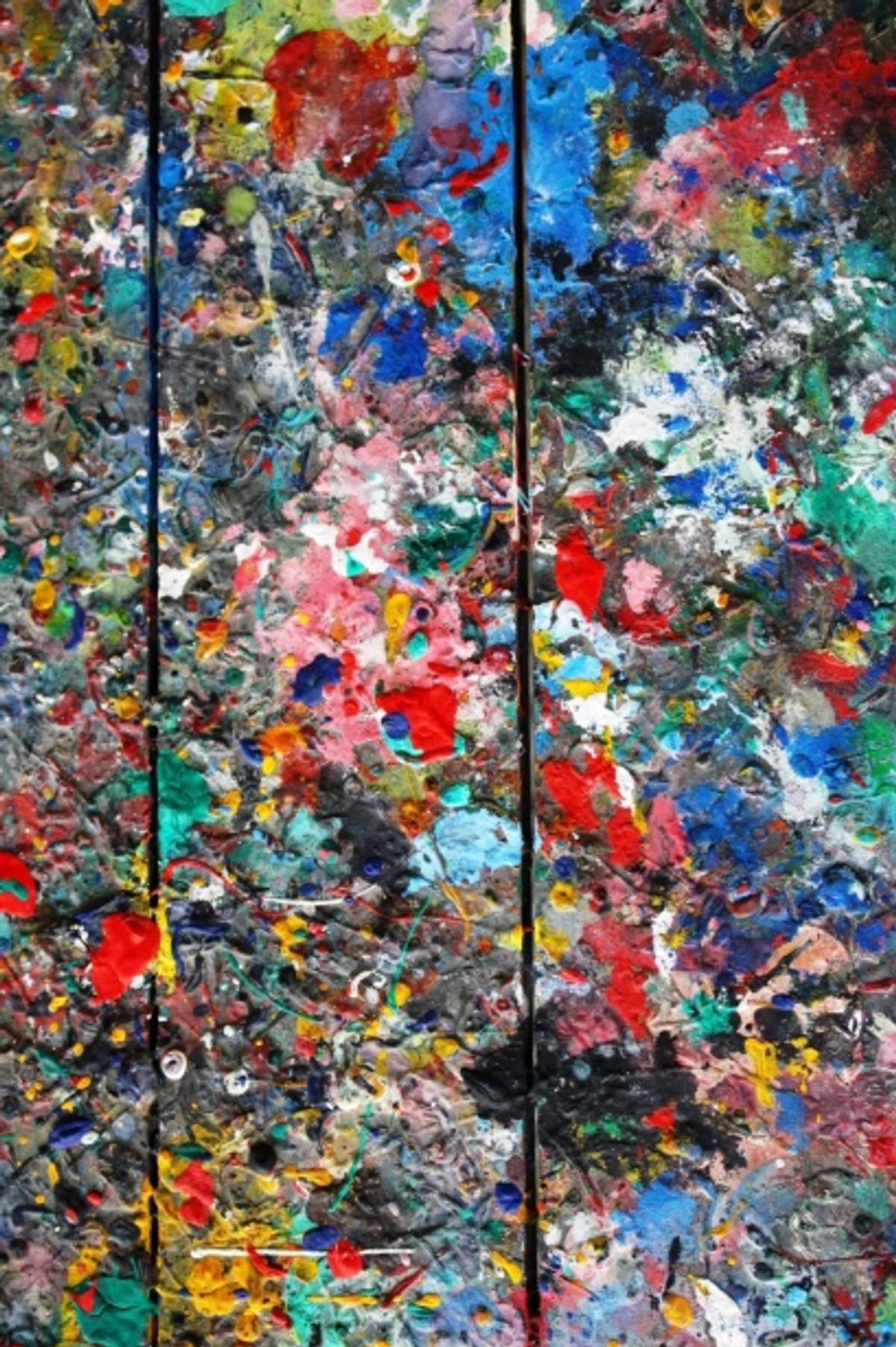
That’s why I often think about the emotional resonance of my abstract art and what it might bring to someone else. Because my style leans towards vibrant colors and often dynamic forms, I genuinely hope that the energy and exuberance I pour into each piece contributes, however subtly, to a sense of upliftment, a moment of reflection, or simply a feeling of pure beauty in someone's life. Perhaps it's a piece that offers a quiet counterpoint in a bustling office, or one that brightens a living room, sparking unexpected joy and a fresh perspective on a familiar space. It's a tiny, yet deeply meaningful, contribution to that larger ecosystem of well-being, an echo of the human spirit. My artist's journey reflects this evolving understanding, and I even have a small museum in 's-Hertogenbosch where I love to see firsthand how people interact with the work, seeing that subtle light in their eyes. This connection, between my individual act of creation and its ripple effect on others, is deeply embedded in my artistic philosophy. It reinforces my belief that art truly has a broader purpose. If you're curious about finding your own meaning, I've also written about decoding abstract art: a guide to finding meaning in non-representational works. And, of course, if any of my pieces resonate with you, feel free to explore my art for sale here.
So, What's Next? Embracing Art for a Healthier World
The more I contemplate this whole fascinating dance between art and well-being, the clearer it becomes: art isn't a luxury item, tucked away for special occasions or the elite. No, it's a fundamental, non-negotiable component of a truly healthy, vibrant society. It’s not just about what looks good – though that's a nice bonus! – but what feels good, what does good. It connects us to ourselves in moments of quiet reflection, to each other in shared experiences, and to something larger, something transcendent, beyond our individual anxieties.
I genuinely believe we need to push harder for more art in public spaces, actively support art therapy initiatives, and simply encourage more creative expression in our daily lives – for ourselves, for our kids, for our communities. To make a real difference, consider advocating for increased public funding for local arts councils and community art programs, volunteer for initiatives that bring art workshops to schools and senior centers, or even join a local community art group. Suggest specific types of art for different settings: interactive sculptures for parks, calming abstract pieces for hospital waiting rooms, or collaborative murals for community centers. Attend local arts council meetings, write to your local representatives, or offer your skills to a community art project. You could even organize a small 'art swap' with friends, or dedicate 15 minutes each week to sketching or journaling. It’s a powerful, accessible, and often joyful tool for individual and collective flourishing. So next time you see a piece of art, whether it’s a grand public installation, a painting in a hospital waiting room, or even just a small doodle you made while on the phone, pause. Take a moment to appreciate it, perhaps even let it spark a new thought or feeling. Remember its quiet, profound potential. It might just be working its subtle magic, making the world a healthier, happier place, one thoughtful brushstroke – or even just one quiet moment of appreciation – at a time. Consider visiting a local gallery this weekend, or simply picking up a pen and sketching something from your window. Every small act of engagement counts. And if you’ve had an experience where art has profoundly impacted your well-being or your community, I’d genuinely love to hear about it in the comments below. Share your stories – it’s how we build this shared understanding, one brushstroke at a time.
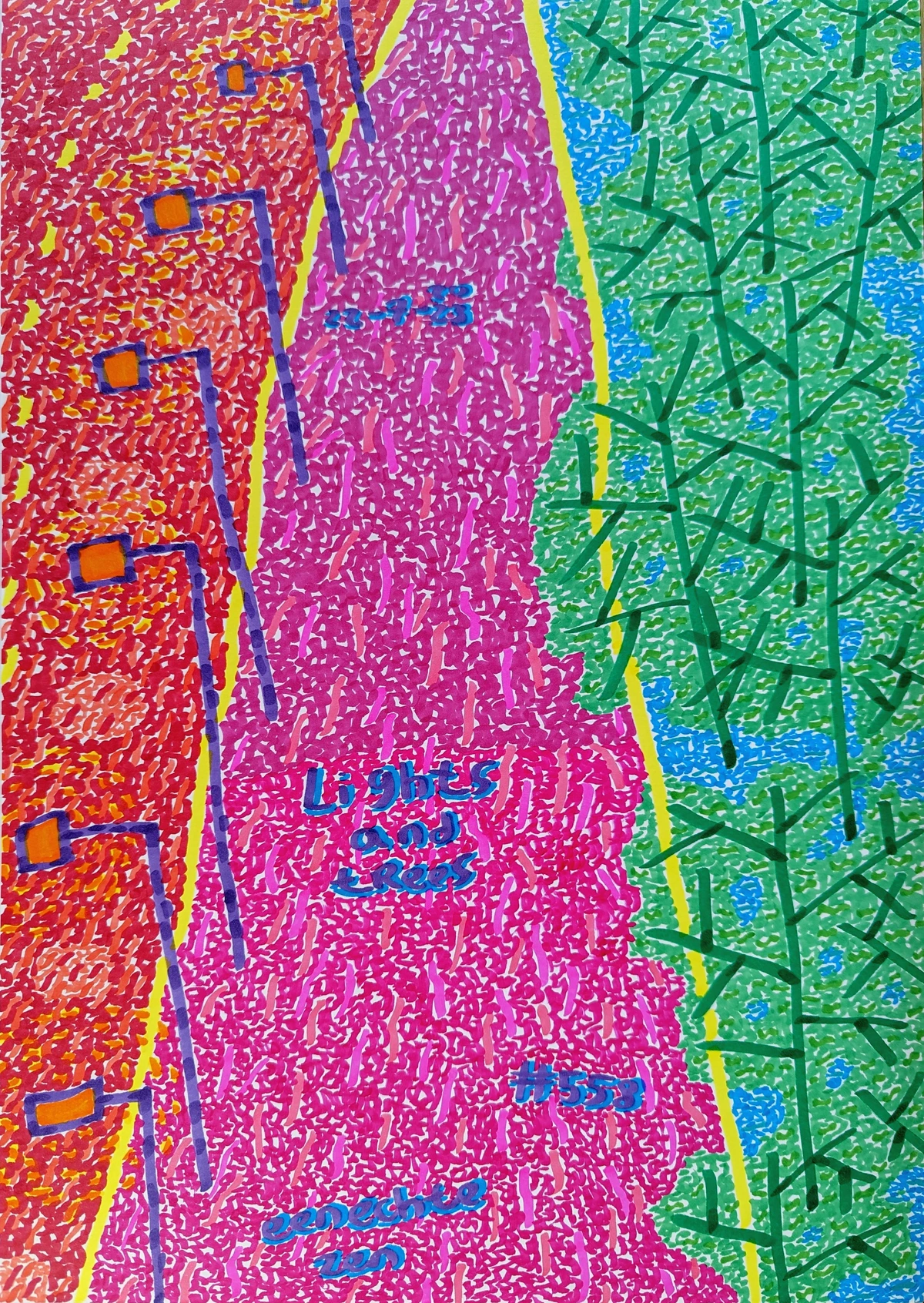
Frequently Asked Questions About Art, Health & Community
Curiosity is a wonderful thing, and these are some common questions I often hear, along with my quick thoughts on them:
Q: I'm not an 'artist.' Can I still benefit from creative expression? A: Absolutely, and please don't let the label intimidate you! We are all inherently creative. The act of creating—whether it's doodling, writing, singing, arranging flowers, or even cooking—taps into fundamental human needs for expression and play. It's about the process, not the masterpiece. Just like you don't have to be a professional athlete to benefit from exercise, you don't need to be a 'gallery artist' to reap the rewards of creativity. Give yourself permission to explore and enjoy.
Q: Is art therapy only for people with mental health conditions? A: Not at all! While it’s a powerful, guided tool for those navigating specific mental health challenges, art therapy, or even just general creative expression, is profoundly beneficial for everyone. It helps with self-discovery, stress reduction, and emotional processing, regardless of your mental health status. Think of it as mental hygiene or a form of preventative care.
Q: Does art have to be "good" or purely aesthetic to have a positive impact? A: This is where the concept of "good" gets wonderfully messy, isn't it? For well-being and community impact, the process of engagement, the connection it fosters, and the feeling it evokes are often far more important than any critic's review. If it moves you, connects you, or helps you express yourself, then it's good art in my book. And sometimes, the most impactful art isn't necessarily beautiful or comforting; challenging or provocative art (often called "ugly art" or "difficult art") can spark crucial conversations, foster critical thinking, and push for necessary social change by forcing us to confront uncomfortable truths, even if it feels jarring. Whether it's "art for art's sake" or has a clear utilitarian purpose, the human experience it facilitates is paramount.
Q: How can art be more accessible to everyone, especially underserved communities? A: This is a crucial question, and it's something I think about often. We can advocate for robust public funding for community art programs, support initiatives that bring art workshops to schools and senior centers, push for public art installations in diverse neighborhoods, and promote free access to museums and galleries. Furthermore, supporting digital art platforms and virtual exhibitions can broaden reach significantly. Art shouldn't be a privilege; it should be a right, and a powerful tool for inclusion.
Q: How can I bring more art into my community? A: Start small, but think big! Suggest a community mural project, organize local art walks, support local artists directly, or advocate for more art in public buildings. Think about initiatives like participatory public art installations (e.g., interactive light displays or collaborative sculpture projects) that directly engage residents. Volunteer for a local arts council or help organize a pop-up gallery. Every little bit helps to foster a more vibrant, art-filled environment.
Q: Where can I learn more about the role of art in healing? A: Beyond the links I've shared throughout this article, there are many academic and non-profit organizations dedicated to this field. A great starting point could be a book like The Art of Healing: Uncovering Your Inner Wisdom and Potential for Self-Healing by Rachel Naomi Remen, which explores how art and creativity contribute to well-being. Or, consider searching for journals like Art Therapy: Journal of the American Art Therapy Association, organizations like the National Endowment for the Arts, community art foundations, or even reputable online courses from established universities for reliable information. Local community art centers and therapeutic arts organizations also offer practical insights and programs. And, of course, keep an eye on this space; I'm always thinking about it!
Q: Does this apply to other art forms, like music, dance, theatre, or creative writing? A: Absolutely! While my focus here is primarily on visual art, the principles of creative expression, emotional processing, and community building through art extend powerfully to music, dance, theatre, and creative writing. Music's rhythm and harmony can directly affect physiological states, influencing mood and even pain perception; dance offers kinetic release, embodied storytelling, and strengthens social bonds through shared movement; and narrative in theatre or creative writing can foster empathy through character development and allow for the safe exploration of complex human experiences, building collective understanding. The human need to create and experience art is universal, regardless of the medium, tapping into similar neural pathways and emotional reservoirs. It's truly a testament to our innate creativity.




